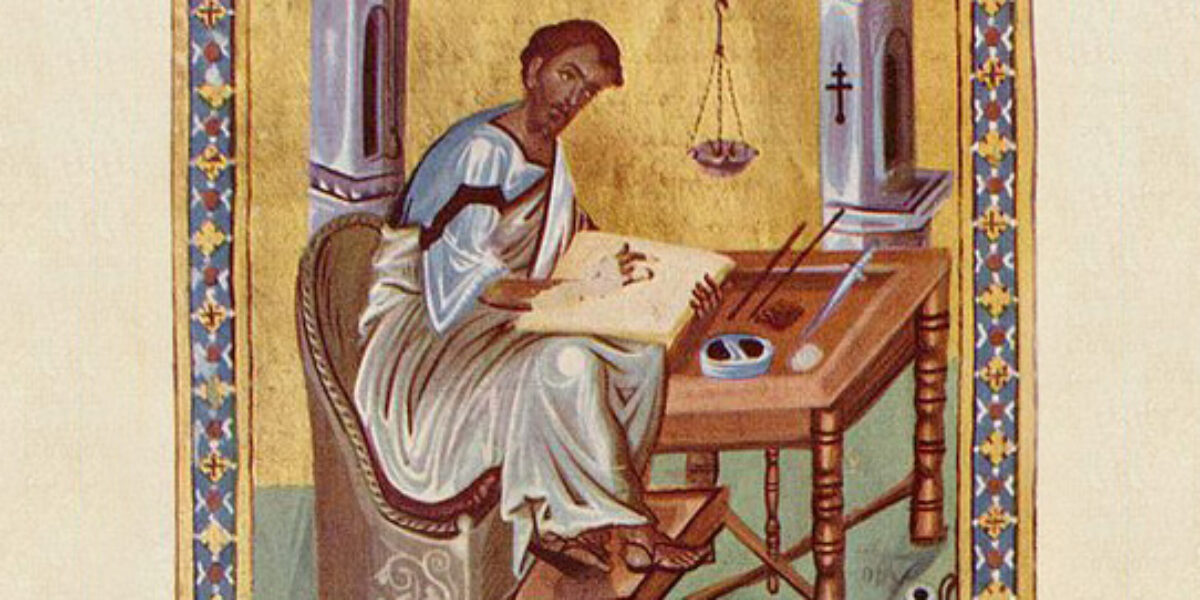Experience the third Gospel with this Bible study guide, complete with questions, thought starters and Scripture references. View the online guide today.
What makes Luke unique?
Luke is the first part of a two-volume work that includes The Acts of the Apostles. This is clear from the introductions to both books (see Luke 1:1-4 and Acts 1:1-5). These books together tell about the life of Jesus from his birth until he was taken to heaven (Luke), and then they report how the early followers of Jesus continued to spread the teachings of Jesus and tell about his life (Acts).
Why was Luke written?
The author of Luke says that he has “made a careful study of everything and then decided to write and tell exactly what took place” (1:3) concerning Jesus. The book is dedicated to Theophilus, a friend or supporter.
What’s the story behind the scene?
Luke was likely created from at least three different sources: (1) the book of Mark; (2) a collection of Jesus’ sayings, which Matthew also used; and (3) a collection of stories not included in any other Gospel. Luke probably wrote this Gospel some time after A.D. 70, the year the Romans destroyed Jerusalem and the temple while putting down a Jewish revolt. Luke 19:43,44 appears to give details of this event. Luke’s stories about the birth of Jesus are more detailed than those of any other New Testament book. And some familiar stories called “parables” that Jesus used in teaching about God’s love are found only in Luke: “The Good Samaritan” (10:25-37), “One Sheep” (15:1-7), and “The Prodigal Son” (15.11-32). Luke is the only Gospel that tells how Jesus visited the home of the hated tax collector named Zacchaeus (19.1-10) and promised life in paradise to a dying criminal (23:39-43). Luke, like Acts, often mentions God’s Holy Spirit (1:15, 35; 4:1, 14, 18; 10:21; 11:13). Luke also shows how important prayer was to Jesus (3:21; 6:12; 9:18; and 23:34,46). From Luke we learn of three stories that Jesus used in teaching about prayer (11:5-9; 18:1-8, 9-14). Jesus’ concern for the poor is an important theme in Luke. The good news is preached to them (4:18; 7:22); they receive God’s blessings (6:20); they are invited to a great banquet (14:13,21); the poor beggar named Lazarus is taken to heaven by angels (16:20,22); and Jesus commands his disciples to sell what they have and give the money to the poor (12:33). Traditionally, the writer of Luke and Acts has been identified as the companion and co-worker of Paul (Phlm 24; Col 4:14). He wrote in the style of the Greek and Roman historians and biographers of his day. Many think that he was not Jewish and lived outside of Judea, and that he was writing for a Gentile audience. This is supported by a key theme in Luke: God sent Jesus to be the Savior of all people, both Jews and Gentiles.
How is Luke constructed?
Note in the following outline how Luke is organized around important events in Jesus’ life and the places where these events happen.
- Preparing the way for Jesus (1:1–4:13)
- Introduction: Why Luke wrote this book (1:1-4)
- Two miraculous births (1:5–2:21)
- Jesus as a child (2:22-52)
- Jesus is God’s own Son (3:1–4:13)
- Jesus preaches and heals in Galilee (4:14–9:.50)
- Mixed reactions toward Jesus (4:14-37)
- Jesus heals many and chooses his disciples (4:38–5:32)
- Jesus continues his work in Galilee (5:33–9:17)
- Who Jesus is and what he must do (9:18-50)
- Jesus goes to Jerusalem (9:51–19:27)
- Followers and unbelievers (9:51–10:42)
- Jesus teaches many things (11:1–12:59)
- Teachings about God’s kingdom (13:1–14:35)
- The lost are found (15:1-32)
- Faithful servants (16:1–19:27)
- Jesus’ final week in Jerusalem (19.28–23.56)
- Jesus teaches in Jerusalem (19:28–21:38)
- The last days of Jesus: his trial and death (22:1–23:56)
- Jesus rises from death and appears to the disciples (24:1-53)




